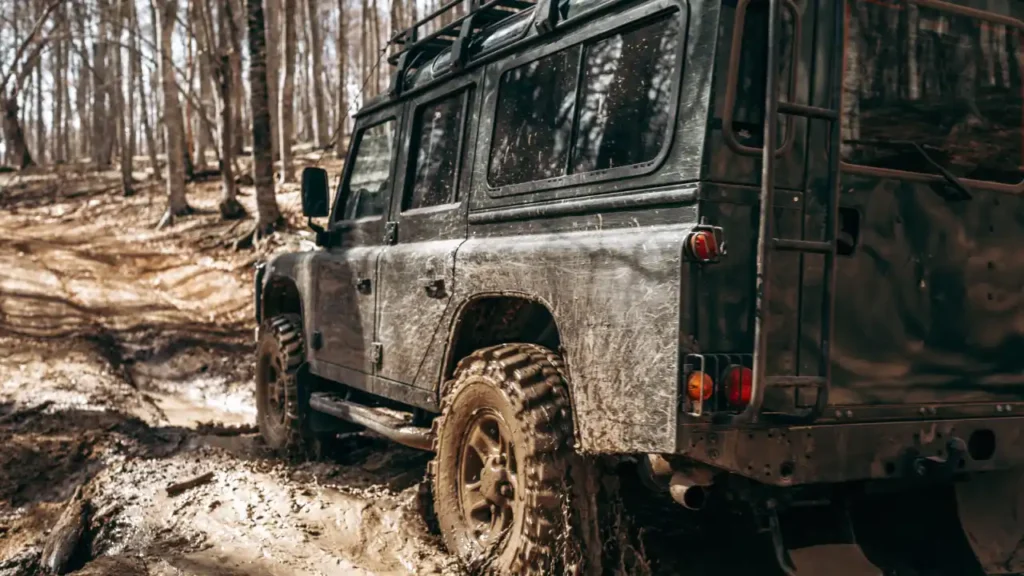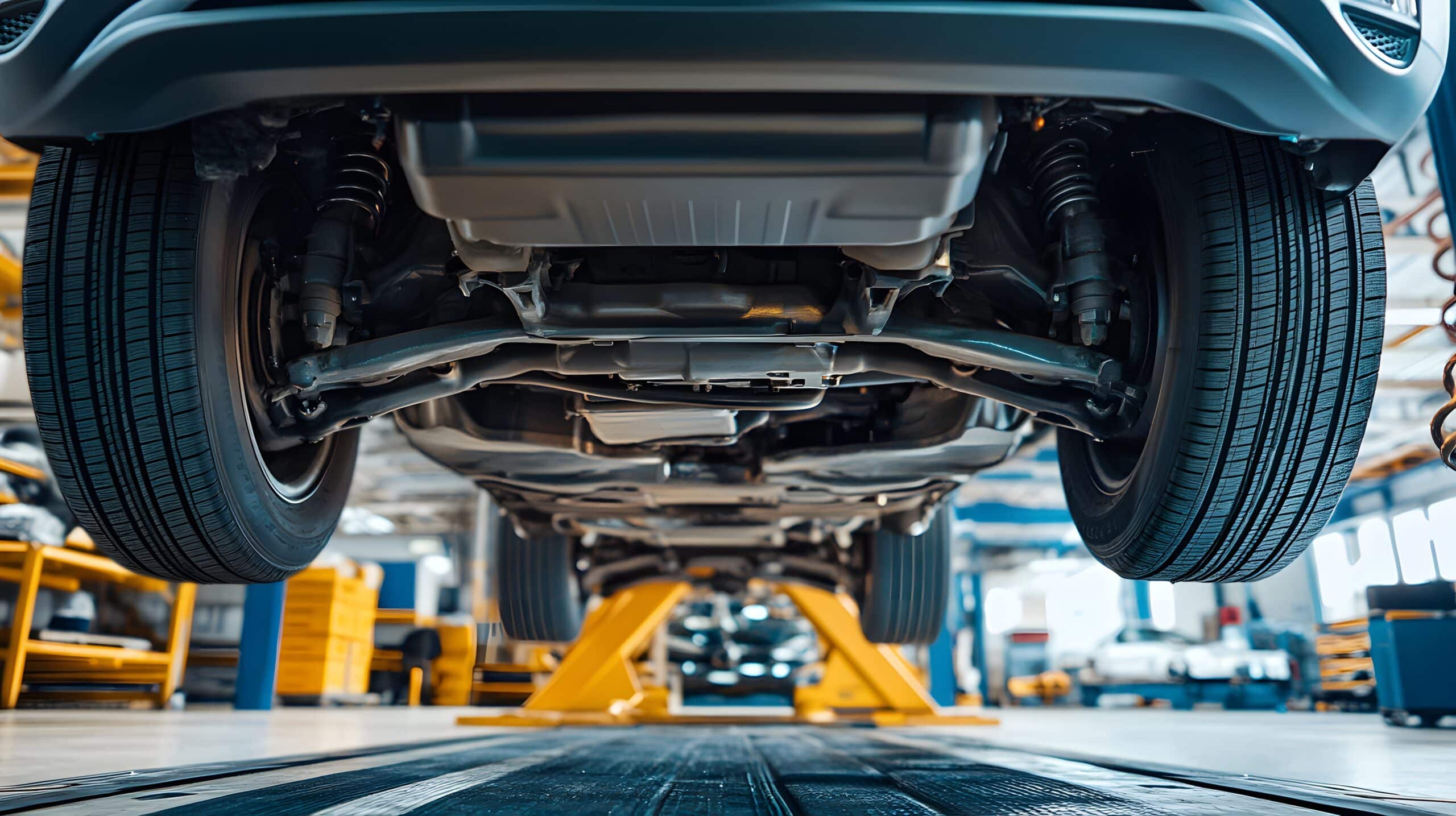
Free monthly entries to ALL giveaways
+1 every month
+5 every month
+10 every month
5%
125
150
350
100
100
50
Cancel membership anytime
Terms apply
apply

Written by
Admin
Published
August 20, 2024
When the wilderness calls, off-roading enthusiasts know that preparation is key. Whether you’re tackling the gritty Outback trails or the towering dunes of coastal Australia, getting your vehicle ready is paramount. Follow this detailed step-by-step guide to prepare your vehicle for a memorable and safe off-road adventure.
Off-road performance begins and ends with the right set of tires. Dedicated off-road types, such as all-terrain or mud-terrain, are essential for superior grip and durability on uneven surfaces. According to data from off-roading clubs, more than 70% of terrain-related incidents are due to inadequate tires. Check for proper tread depth, and don’t forget to carry a full-size spare tire, a tire repair kit, and an air compressor to adjust tire pressures as needed.
The suspension system takes a beating during off-road excursions. Ensure your shocks, struts, and springs are in top condition. For an improved off-roading experience, many adventure owners opt for suspension lift kits, which have spiked in popularity by over 60% in the last five years, offering better ground clearance and articulation. Don’t overlook the importance of wheel alignment too; improper alignment can lead to poor handling and increased tire wear.
The rough terrain can wreak havoc on your vehicle’s underbody. Equipping your vehicle with skid plates will protect crucial components such as the engine, fuel tank, and transfer case from being damaged by rocks and debris. According to industry statistics, vehicles with underbody protection see a decrease in off-road related repair costs by up to 40%.
Night-time off-roading requires powerful lighting. Standard headlights might not suffice for the trails. Consequently, the addition of LED light bars or spotlights is a common and essential modification for many off-roaders. It is reported that 85% of nocturnal off-roaders consider auxiliary lighting a fundamental requirement for their ventures.
Getting stuck is a rite of passage for off-road enthusiasts. Be prepared with the right recovery gear, including a winch, which has a usage rate of about 30% on hard trails, sturdy tow straps, and snatch blocks. Also, carry a shovel and traction mats for self-recovery. Training on proper recovery techniques is invaluable and can save your vehicle from damage or you from being stranded.
Before embarking on your journey, comprehensive mechanical checks are crucial. Ensure your 4×4 systems are fully functional, fluids are topped up and clean, and filters are clear. It’s estimated that 90% of off-road mechanical failures could be preempted with a thorough pre-trip inspection.
Finally, always plan for the unexpected. Carry a well-stocked first aid kit, plenty of water, and food supplies. Navigation aids such as GPS, maps, and compasses are critical, with 50% of off-road enthusiasts reporting deviations from planned routes due to unforeseen conditions or obstacles. A portable air compressor, tool kit, and extra fuel can also be lifesavers.
In conclusion, taking the time to properly prepare your vehicle can make the difference between a successful off-road adventure and a potentially dangerous situation. Use this guide as a checklist before hitting the trails to ensure you and your vehicle are ready to tackle whatever the rugged Australian landscape throws your way.